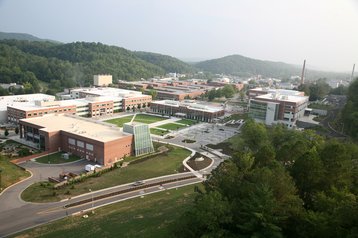The US Department of Energy (DoE) has put out a request for proposals for Discovery, the supercomputer that is due to succeed the exascale machine, Frontier.
Interested vendors will have until August 30, 2024, to submit their proposals to the department.
Discovery is due to be delivered to the Oak Ridge Leadership Computing Facility (OLCF) at the Oak Ridge National Laboratory (ORNL) in Tennessee by early 2028.
It will succeed Frontier, which claimed the number one spot on the biannual Top500 list of the world’s fastest supercomputers for the fifth consecutive time in May 2024.
Built on HPE Cray EX architecture, Frontier uses AMD Epyc 64C 2GHz processors and has a total of 8,699,904 combined GPU and CPU cores and uses HPE's Slingshot 11 network for data transfer. It topped the Top500 list with an HPL (high-performance Linpack) benchmark score of 1.206 exaflops.
The DoE has not specified a performance increase goal for Discovery in comparison to Frontier, although it has been reported that the department expects the incoming system to have three to five times more computational power than its predecessor.
“This project is exciting because we will be building something even more capable than Frontier, with technologies that will push the edge of what’s possible,” said ORNL’s Matt Sieger, the OLCF’s project director for Discovery.
Discovery is expected to be used to advance scientific research in areas such as predicting the impacts of climate change, accelerating drug discovery and treatments for cancer, deciphering high-energy physics data, and developing green energy solutions.
Georgia Tourassi, ORNL associate laboratory director of computing and computational sciences, said: “Discovery will enable the scientific community to model real-world situations at new levels of detail. It will help us study challenging problems we can’t easily explore with experiment, observation, or theory alone.”
In addition to housing Frontier, ORNL in Oak Ridge also hosts a 10 petaflops supercomputer used by the National Ocean and Atmospheric Administration, alongside the 200 petaflops Summit system.
More in North America
-

-

-

Discussion The Future of Cooling Welcome Lunch Briefing




